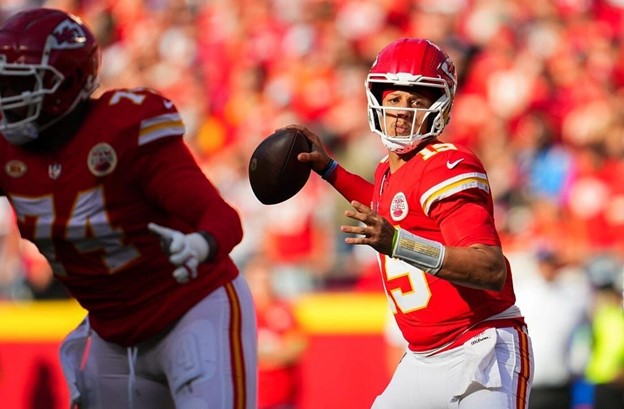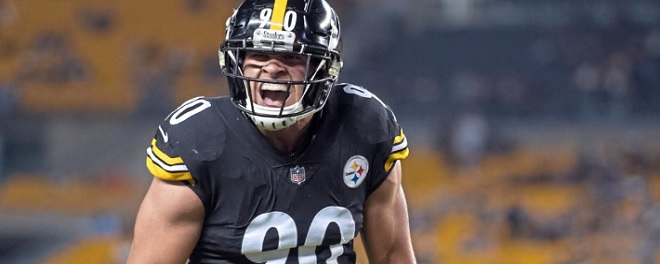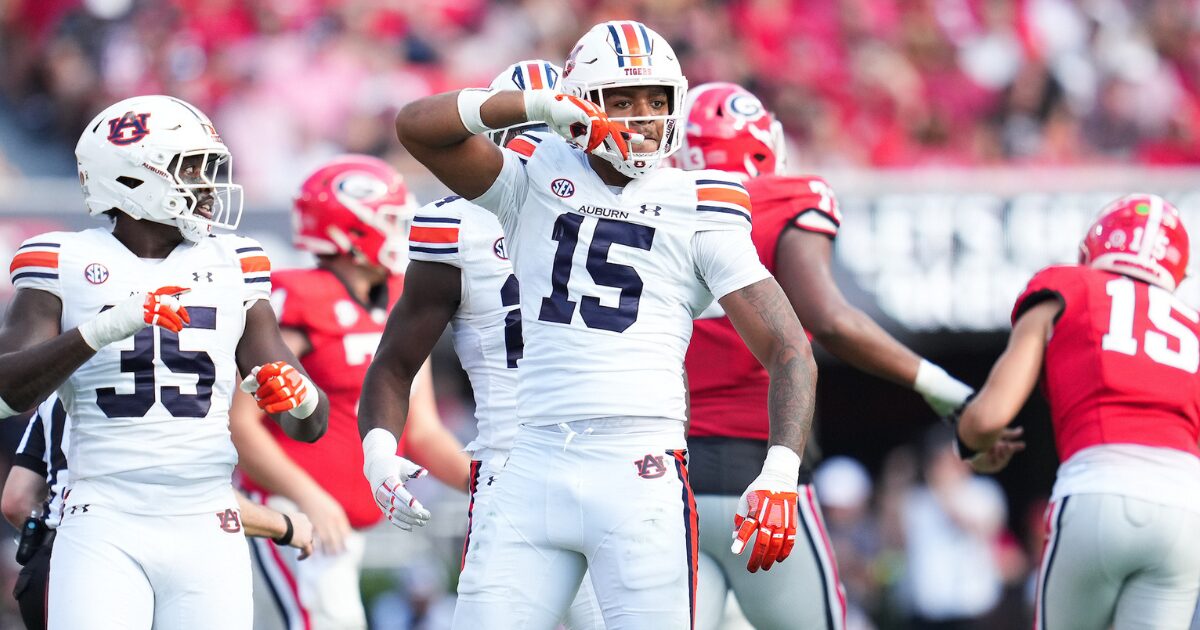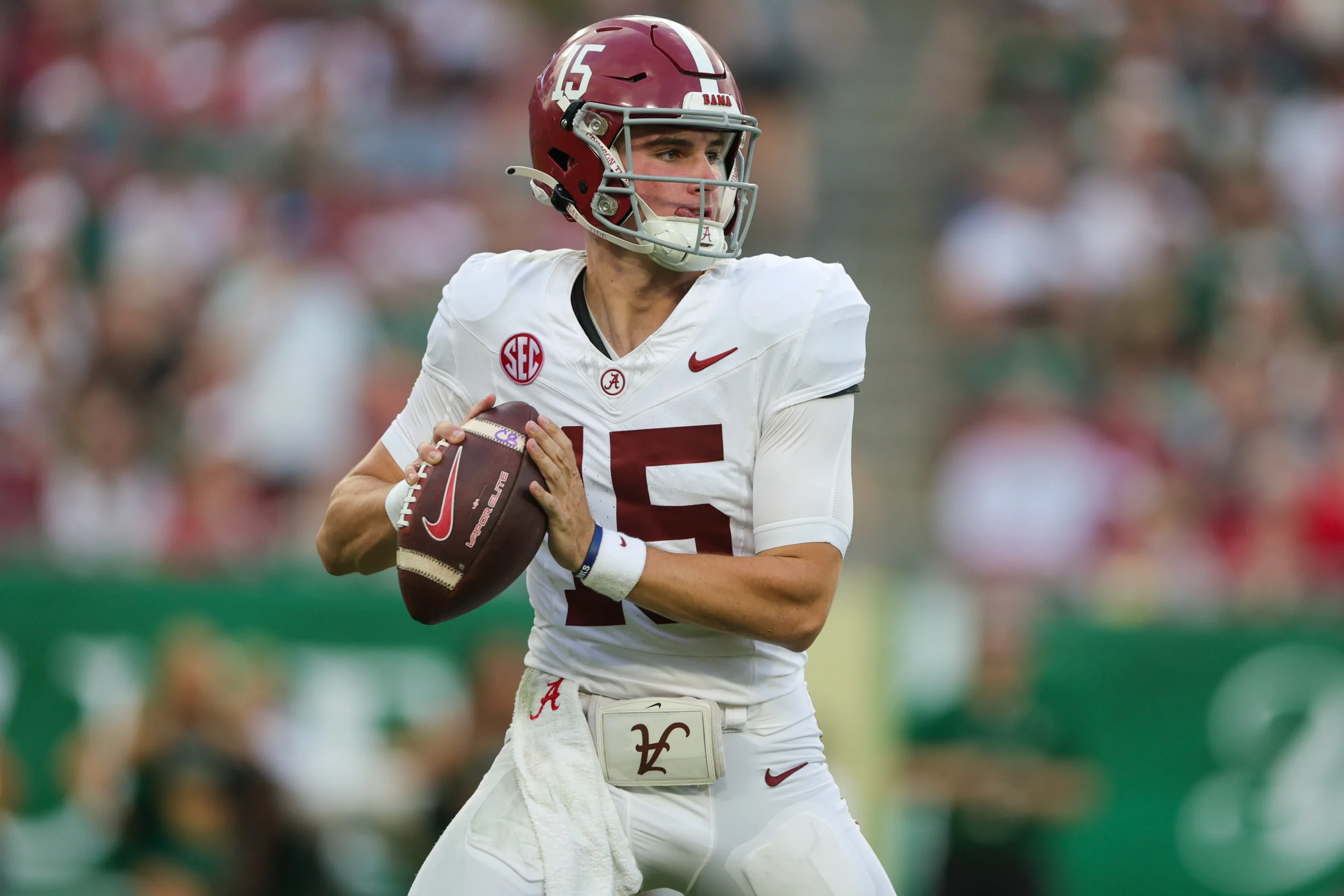The NFL has changed. We recall when each team had a man who made you gasp every Sunday. That quarterback who’d evade three defenders and throw a beautiful 50-yard bomb or that superhuman defensive end who’d rack up three sacks a game as teams fought to contain him.
Those were the days when you bought a shirt with one player’s name on the back and centered your football identity around them. These giant figurines promoted teams. Stars made or broke franchises.
But something’s changed in recent years. We’ve watched this intriguing shift from superstars to meticulously designed superteams where the total is greater than the sum of its parts.
No, star power still matters. It definitely does. However, league front offices have become sharper at building around stars. They’ve understood that even the best players seldom succeed without good backing. The elegance of a perfectly balanced roster where everyone knows their function is beginning to appeal to viewers.
Data Revolution Transforms Everything
What happened? How did we arrive? The analytics boom has dramatically changed how teams evaluate talent.
Twenty years ago, scouts relied mostly on game footage and instinct. Now? Front offices are full with data that uncovers hidden facts. Everything is tracked: receiver separation metrics, defensive lineman pressure rates, route combination success rates. A completely new universe.
What’s wildest? This data often contradicts sight. Flashy playmakers who dominate highlight reels? Their contribution to victory was less than we expected. While nobody noticed, an obscure offensive lineman or rotational defensive tackle was having a huge effect.
Teams who quickly adopted these surprising discoveries had a huge advantage. Everyone else zagged but they zigged. They saw worth while others didn’t. Instead than recruiting the greatest stars, they built rosters around fit.
Now everyone understands. Old-school teams have analytics departments. The conversation has moved from talent acquisition to team building and complimentary skills.
The Salary Cap Issue
Money complicates everything. Salary limitations may be the largest factor in this superteam movement.
Have you seen quarterback salaries lately? Top males earn $50+ million annually. Left tackles, edge rushers, and wide receivers command exorbitant salaries. A hard-cap league means every dollar spent on one player isn’t available elsewhere.
This presents intriguing strategic difficulties. Should you overpay your quarterback and accept flaws elsewhere? Should you go for a more balanced roster with a smaller signal-caller? Recent titles have been won with both techniques.
Some of the brightest teams have outperformed with rookie quarterbacks. When your starting QB is cheap, you can construct a monster around him. Before his payout, the Eagles did it with Jalen Hurts. The Chiefs did it with Mahomes. That opportunity closes swiftly when extension time arrives.
Painful choices follow. You keep who? You let who walk? How do you keep your championship core when you need to give your quarterback $30 million? More inventive financial gymnastics are needed. Teams utilize vacant years, shift money into future years, and frame contracts to confuse accountants.
Coaching Factor
What’s neglected in this superteam discussion? Coaching. Today’s top instructors aren’t dogmatic system men who drive square pegs into round holes. They adapt to their strengths and devise strategies to maximize them.
Consider recent championship squads. They succeeded by using their skill well, not just by having more. Coaching vision and personnel have a lovely, synergistic relationship that turns strong squads into championship machines.
We enjoy seeing how inventive coaches have made flexibility their key principle. They know NFL rigidity kills. Injuries occur. You must pivot due to unexpected events. Best coaches change their strategy during the season as they discover their team’s actual identity.
As for player development? An absolute art form. Smart teams foster talent, not simply acquire it. Targeted coaching and specific duties turn that fourth-round prospect with raw skills into a vital contributor. Organizations that thrive at this growth approach generate the depth needed during NFL season storms.
Mental Dimension
The human aspect is disregarded. A player’s 40 time, vertical jump, and productivity may be measured. But what psychological factors make teams work or fail? That’s tougher to quantify yet crucial to turning potential into titles.
We’ve all seen “dream teams” fail despite strong individual qualifications. Man, chemistry matters. Culture matters. Talented players’ willingness to sacrifice stats for team success determines playoff exits and confetti showers.
This information has revolutionized the way smart teams create their squad. One looks closely at psychological and character assessments. They want to know if a player’s level of skill meets their own. Almost equally important as physical attributes are mental toughness, adaptability, and work acceptance.
It’s interesting to see intangibles and analytics strike equilibrium. While data helps to make talent evaluation more objective, human elements are still very vital. Deep postseason runs are made by the teams who grasp both the science and art of team creation.
Global Elements Alter the Rules
Have you observed how the NFL is being changed by global influence? As the league grows internationally, it is drawing ideas and ability from unlikely sources. This global perspective is changing careers and skill sets in novel ways.
The rugby-style techniques of Australian punters have revolutionized special teams. Former soccer players are redefining kicking expectations. With their different physical abilities, athletes with varied degrees of diversity challenge our positional views.
Overseas players’ prospects of making an impact rise as the NFL builds stronger worldwide scouting systems. To uncover hidden wealth before others do, smart teams have placed flags in key locations. Creative teams search the globe for talent to build championship teams.
Notable also are the tactical effects of international sports. NFL plays are using rugby, soccer, and other worldwide sports to create mixed strategies combining American football with international elements. For creative coaches, idea sharing speeds up innovation and creates new opportunities.
Technology Changes Everything
Technology has revolutionized superteam formation and maintenance. Organizations have incredible options nowadays.
These powerful tracking technologies now precisely track every single movement. Virtual reality let’s quarterbacks do thousands of mental repetitions without wearing clothes. A decade ago, recuperation methods to sustain optimum performance throughout the season were science fiction.
These changes are good for superteams because they help them get the most out of their investments in human capital. Tech-savvy teams can help players grow faster, make their careers last longer, and lower their risk of getting hurt, all of which are important for keeping title teams together over many seasons.
The most forward-thinking companies run their whole business on technology. Every choice, from research to strength training to game tactics, is based on data. This all-around approach will pay off in the long run, especially in countries where people are open to new ways of doing things.
We are just skimming the surface. Individualized nutrition, sleep optimization, and injury avoidance might all emerge in the next decade. Teams ahead of this curve will benefit long term.
Fans’ Experience Evolution
NFL passion is changing as superteam respect replaces superstar adoration. Old marketing used stars to increase jersey sales and TV viewers. But how can you inspire a team that thrives on cooperation instead of individual genius?
It offers options and challenges. Teams lacking prominent names might mislead casual viewers. However, diehards are learning to appreciate team building and strategic innovation stories.
Social media and modern sport’s fan platforms like odds96 has hastened everything by connecting fans with anonymous role actors. That special teamer you didn’t know five years ago? He has 500,000 followers and a podcast. This democratization of attention lets fans relate with whole teams, not just superstars.
Team marketing now emphasizes team identity and personality while showcasing individual contributions. Successful teams deliver captivating tales about their team-building philosophy to educated fans who value a well-balanced group.
The Future
Where does the NFL go from here? If transcendent talents emerge, will this superteam tendency persist or will superstar-centered approaches return? What impact will large new media agreements and rising pay caps have on team-building?
The sustainability issue intrigues. Building a superteam for one championship run is hard; sustaining excellence across numerous seasons is harder. The teams that nurture young talent while maximizing championship windows will define NFL success in the future.
Team building will likely get more complicated. Talent evaluation, cap management, mentoring, culture-building, and technology integration are needed for success. Companies who thrive in all four areas will stand out from those that are weak in some.
NFL superteams are here to stay, changing how we see football brilliance. Players, coaches, executives, and fans are excited about this new chapter in the league’s history, where the whole may be better than the parts. And honestly? It improves the game.
The most accurate mock draft site in the world. NFL Football. The draft, picks and fantasy.
2026 NFL Mock Draft
NFL Picks
YouTube
Fantasy Football Rankings
Fantasy Football Cheat Sheet
Fantasy Football Stock Report
Razzball Trade Analyzer Tool
--In-Season-- Weekly Fantasy Rankings Fantasy Football Add/Drop Injury Reports Start Em, Sit Em
--Fantasy Draft Season-- Fantasy Football Sleepers Fantasy Football Busts Preseason Fantasy Stock Preseason Fantasy Notes Latest Fantasy Mock Draft
--In-Season-- Weekly Fantasy Rankings Fantasy Football Add/Drop Injury Reports Start Em, Sit Em
--Fantasy Draft Season-- Fantasy Football Sleepers Fantasy Football Busts Preseason Fantasy Stock Preseason Fantasy Notes Latest Fantasy Mock Draft
NFL Picks
College Football Picks
Confidence Pool Picks
NFL Betting Trends
NFL Betting Props
Betting FAQ
--NFL Season-- NFL Power Rankings NFL Overrated-Underrated NFL Game Recaps Top 100 NFL Players Recap Survivor Contest
--NFL Offseason-- NFL Free Agent Tracker Free Agent Grades NFL Season Previews NFL Team Needs Rookie Forecast
--NFL Season-- NFL Power Rankings NFL Overrated-Underrated NFL Game Recaps Top 100 NFL Players Recap Survivor Contest
--NFL Offseason-- NFL Free Agent Tracker Free Agent Grades NFL Season Previews NFL Team Needs Rookie Forecast




